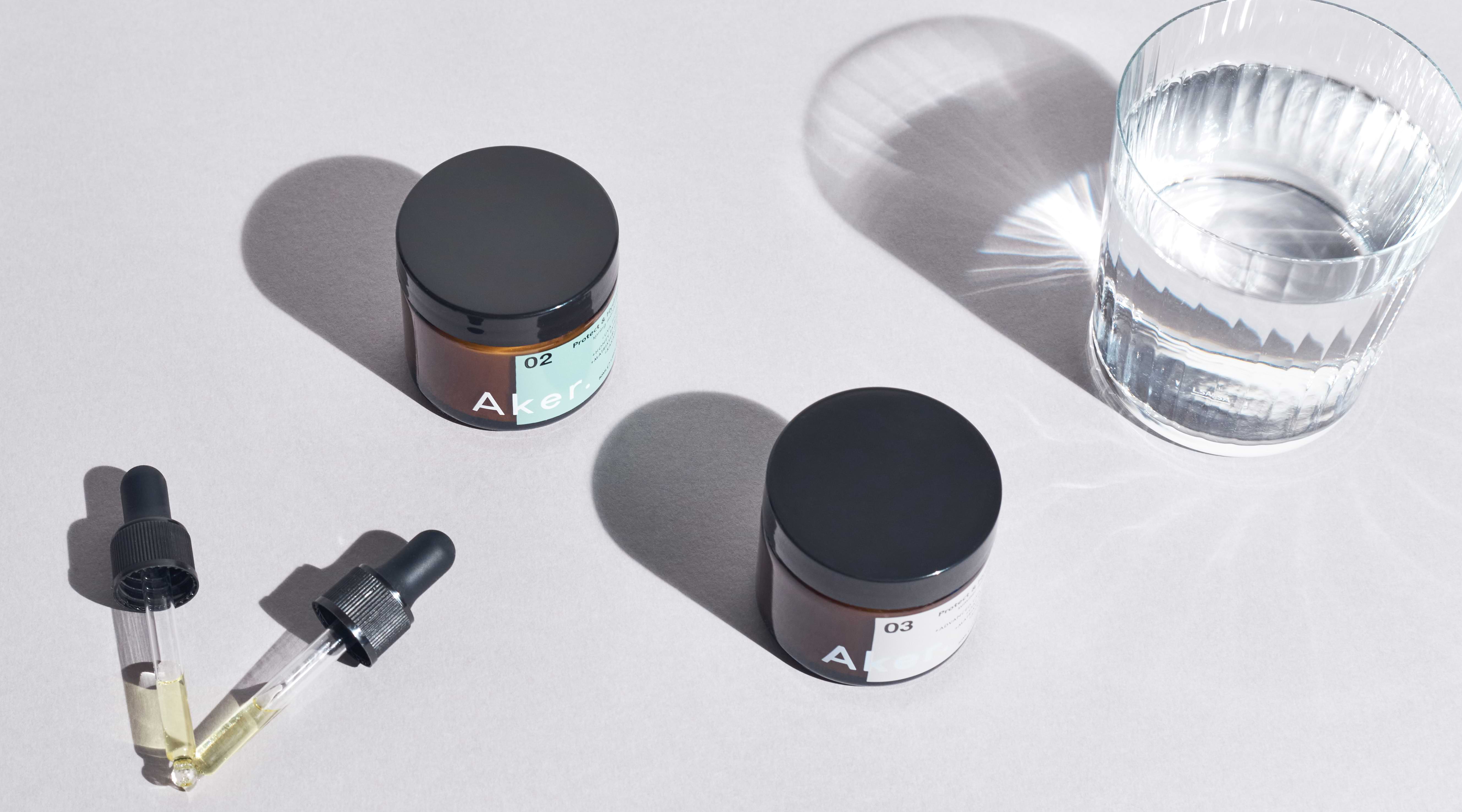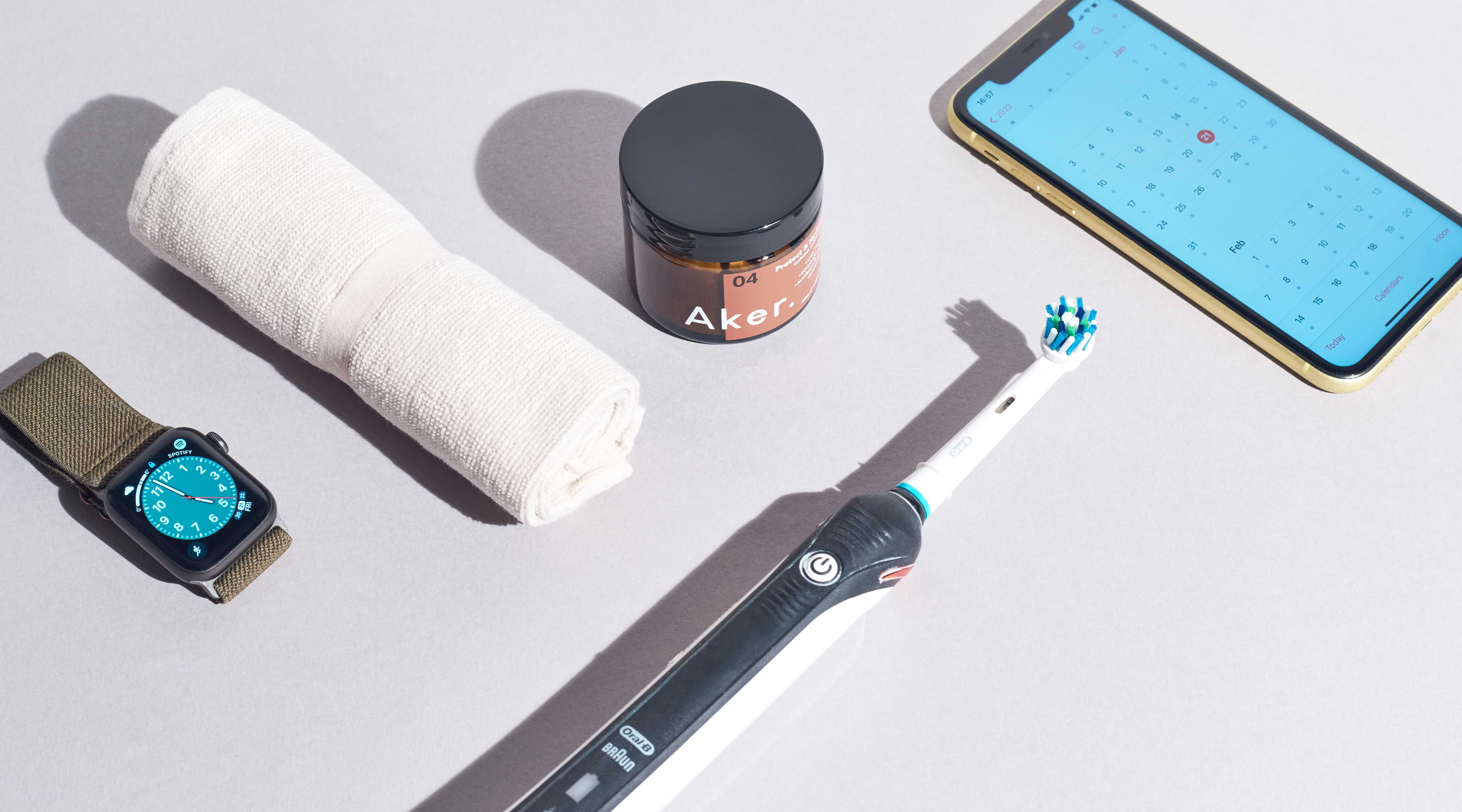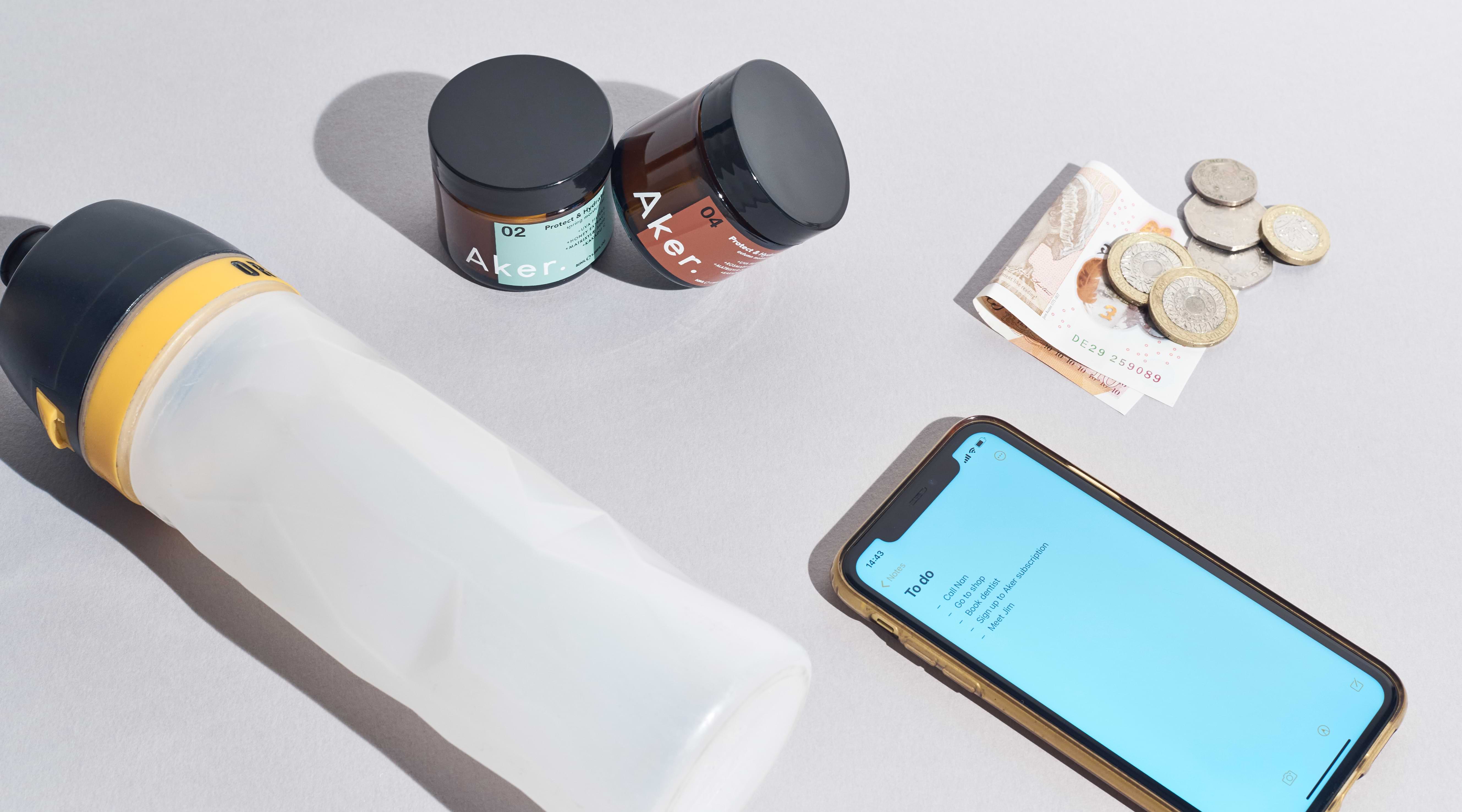Google has many answers (over 336 million…) for the simple question ‘what’s my skin type?’
It really doesn’t have to be so complicated. There’s no denying that it’s hugely important to identify your skin type in order to create your optimum skincare routine, but you don’t need quizzes, online dermatological assessments, or complicated diagrams of the skin's cellular makeup to do so. All you need is some self-awareness, a mirror, and two minutes to check out our simple guide.
The four skin types and how to identify them
Your skin ‘type’ provides a baseline from which to create your tailored skincare routine. Your skin will fall under one of four categories - normal, combination, dry, or oily - but this classification isn’t set in stone. Over your lifetime, your skin will dip and dive between these categories, with factors such as lifestyle choices, age, location, and the changing seasons all playing their part in your skin condition.
Knowing your skin type and the unique challenges it faces with each season will give you an overview of what to expect. When seasonal changes are underway, the best thing to do is remain aware of how your skin type responds throughout the year and how you can adapt your routine accordingly.
Normal skin type
If you have little awareness of your skin being anything more than the protective organ that encases you, it’s more than likely that you have normal skin. This skin type doesn’t feel tight, dry, scaly, or greasy, the pores aren’t enlarged, and a slight texture is completely normal.
Seasonal Influence
The seasons will affect this skin type in the least extreme way (lucky you). Normal skin suffers less from seasonal changes than other skin profiles, but it is always important to be aware of the general challenges each season poses and to adjust your routine to counteract those effects. Normal skin ages in the same way and will still need nourishing vitamins and protection from the sun to look its best. Equally, maintaining a healthy skin barrier function through regular cleansing and moisturising should always be part of your daily routine.
Oily skin type
Skin prone to spots, blackheads and blemishes is a sign of oily skin. Oily skin is down to excess sebum production, so it will feel greasy to the touch. It also results in enlarged pores and can take on either a dull or shiny appearance.
Seasonal Influence
Humidity and heat contribute to oil outbreaks, so balmy summer months are the greatest challenge for this skin type. As the days heat up it’s essential to drink enough water and continue using a light moisturiser because deeper dehydration will trigger even more sebum production.
Dry skin type
If you suffer from dry skin, you will visibly notice dry, flaky or scaly patches of skin, roughness, itchiness, and possibly cracking. Your skin will appear dull, and a lack of elasticity means that the signs of ageing are more apparent. There are different levels of dryness, with those experiencing extreme dryness potentially having underlying sensitive skin conditions.
Seasonal Influence
Dry skin suffers most in the winter months. The chill and lack of humidity drain the skin of its remaining moisture, as does wind, and the extreme temperature transitions from indoors to outdoors, and vice versa. Other skin types can also transition across to dryness during the colder months and the focus should be on upping moisture levels and keeping the skin as protected as possible. The lack of sunlight and vitamin d production can also mean skin appears greyed out and flat.
Combination skin type
As the name suggests, this skin type is a combination of normal, oily, and dry skin. The most common presentation of combination skin is to have an oily T-zone (forehead, nose, and chin), with the rest of the face appearing normal or dry. The oilier areas of skin are more prone to spots and blemishes.
Seasonal Influence
With a propensity to both dry and oily skin in the same instance, combination skin will likely suffer the seasonal changes the most; the oily areas of the skin will flare up in summer, and the dry areas will be exacerbated in winter. With this in mind, your skincare routine needs to attend to these areas individually.
Water vs oil-based skincare products
Whatever your skincare routine (if you need some tips, be sure to check out our skincare routine guide), there is one stage that should never be overlooked: moisturising: dry, oily, normal or combination, any skin type benefits from a little moisturiser. Even the oiliest of skin still needs moisturiser- think of it like you’re telling your skin ‘it’s ok, calm down the sebum production because I’ve got you covered, because who doesn’t need a little reassurance now and again?
There are two types of moisturiser- oil-based and water-based. As the names suggest, the class of moisturiser is determined by the primary ingredient. From a water or oil base, additional skincare ingredients are added to enhance moisturising qualities and target specific skincare needs. When it comes to choosing between an oil or water-based moisturiser, there is no better option; as with most things skincare related, it all comes down to your unique needs.
It is also worth noting that most moisturisers will contain a mix of water and oil (although not always). Therefore the ‘base’ ingredient is determined by whichever is present in a higher proportion. The water or oil levels in a formula determine the texture, absorption, and hydration period of the moisturiser.
A water-based moisturiser is the more versatile skincare option as it works in harmony with almost any skin type. They offer ample hydration without feeling heavy or greasy on the skin, and their hydrating qualities benefit the outer layers of the skin to provide a naturally filled and plumped appearance. Water-based moisturisers tend to come in the form of gels, lotions, or creams.
An oil-based moisturiser is ideal for those with dry or damaged skin. The oil-base works to supplement insufficient sebum production, thus replenishing the skin’s natural moisture. These moisturisers can have longer-lasting hydration benefits than their water-based counterparts due to their extra nutrients and deeper penetration abilities; a natural oil base such as jojoba or coconut oil will contain naturally occurring fatty acids that enrich the skin’s moisture barrier. Oil-based moisturisers tend to come in the form of creams or ointments.

As we’ve stressed throughout this skin exploration, there is no hard and fast rule when it comes to skin types and their subsequent care. With this in mind, we choose to create water-based moisturisers for two main reasons:
- Seeing as most people identify with some presentation of a combination skin type, a water base is versatile enough to ensure that our formulas will benefit both oily and dry skin.
- Oils can still be added to a water base, allowing us to incorporate natural oils - such as jojoba seed oil - into our formulas in higher amounts for the colder seasons while maintaining an all-around moisturiser. The addition of these natural oils offers increased hydration and protection to counteract the harsher conditions your skin faces in colder seasons. This is also why our creams appear thicker and richer in winter than in summer.
Life is complicated enough as it is, and so our goal has always been to develop formulas that work in balance with seasonal fluctuations for every skin type. We wanted to create a range of products that support skin seasonally and that are delivered to your door at the right time, freeing up your mind and time for more exciting endeavours.
So, as you can see, 336 million answers perhaps aren’t needed for the ‘what is my skin type’ dilemma! It is always worth figuring out the nuances of your skin (it’s the only skin you get so you might as well get well acquainted with it), in order to provide the best possible care.
Taking pride in your appearance and having an interest in how you care for it lays the foundation for the years to come; adopting a consistent, targeted skincare routine as early as possible paves the way for healthy and elevated looking skin that will stand the test of time. To get an even better understand read our ultimate guide on how the seasons affect your skin here.



